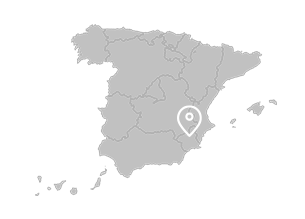.png.transform/rendition-xs/image_image%20(1).png)
To The Heart of Spanish Lettuce
Spain is the number one producer of lettuce in Europe and the world’s biggest exporter, but when it comes to these delicious Spanish greens, this is only the tip of the 'iceberg'
Endive, escarole, romaine, Little Gem, arugula, round lettuce, Batavia, lollo rosso, mâche, watercress and yes, iceberg... the list goes on and on when referring to the many wonderful types of salad greens that are grown in Spain. Most of these greens can be classified into one of two principal groups, represented by lettuce (Lactuca sativa) and endive (Cichorium endivia), both of which are from the Asteraceae family. Together they include varieties such as romaine, Little Gem, Batavia, lollo rosso and iceberg lettuce, as well as curly endive and escarole. Other greens, such as arugula and watercress, belong to the Brassicaceae family, while mâche, or lamb’s lettuce, is a member of the Valerianaceae family.
These leafy and mainly green vegetables are usually eaten raw and their refreshing and pleasant flavors can range from sweet to slightly bitter, while their textures can vary from crisp and rigid to soft -and yielding. If you’re enjoying one of these delectable plants anywhere in Europe – in a salad, on a sandwich, or as garnish on a plate – there’s a good chance that it was cultivated here in Spain.
Heavy on the lettuce
According to world Food and Agriculture Organization (FAO) statistics, Spain produced approximately 900,000 metric tons of lettuce and endive in 2015, making it fourth in world production after China, the United States and India, and first in Europe. However, in terms of exports, Spain is currently leading the world, exporting more of these products than any other country and accounting for 58% of all lettuce exports to Europe in 2015. What’s even more significant is the fact that these figures continue to rise.
At present, virtually all Spanish salad greens exports are destined for Europe, and particularly Germany, the United Kingdom and France. These European destinations make sense for a product that must be kept cold at every stage of production and shipment, and must arrive as fresh as possible at its destination.
While this may put practical limits on market expansion, according to Javier Soto, the President of the Iceberg Lettuce Association of Murcia, the fast turn-around time from the fields to supermarket shelves is good news for consumers. This insures a fresh product and helps preserve the relatively high content of protein, folic acid, vitamin C and vitamin A in lettuce, despite the fact that it’s about 95% water.
Spanish lettuce capital
For the primary source of Spanish lettuce production, one need look no further than Murcia, the southeastern Mediterranean region that accounts for the majority of cultivation in Spain. The Association of Producers-Exporters of Fruits and Vegetables from Murcia (Proexport) attributes 74% of all Spanish lettuce exports to this fertile region.
To better understand this area’s success, I talked to Javier Soto in order to find some clues. He believes that the key to Murcia’s booming lettuce industry is the climate, which is tempered by its proximity to the Mediterranean Sea: “There is some amount of control over issues of soil and water, but climate is the one thing that we can’t affect”. According to Soto, Murcia and some parts of Almeria and Alicante, are the only places in Europe that have the proper climate for lettuce to grow from November to April. Though considered a summer vegetable in more northern climates, the hot days and cool nights in this area throughout the autumn and winter months provide the ideal climate for this outdoor crop to thrive, making it possible to supply lettuce to the rest of Europe during the coldest months of the year.
Murciana de Vegetales, located in Fuente Álamo (Murcia), is one of the approximately 450 companies in Spain that export lettuce, sending the majority of its production to distributors and large supermarket chains in the United Kingdom, Germany, France and other European countries, thanks in large part to contacts made at annual international trade shows like Fruit Attraction in Madrid and Fruit Logistica in Berlin. According to its Key Accounts Manager, Andrés Fernández Bruno, Murciana de Vegetales is also able to grow certain types of lettuce during the hot Murcia summers on farming areas with higher elevation: “Due to the high quality of our products, many of our export clients continue to ask for our specialty lettuce products in the summer”.
Spanish mixed greens
Specialty products, innovation and growth are buzzwords in the Spanish lettuce industry, and it’s easy to understand why. According to Javier Soto, iceberg lettuce continues to be the most popular and important lettuce product in Murcia and Spain overall, both in terms of production and export. However, he recognizes that new-product innovation is a major focal point right now because it enables companies to stand out from the competition and improve their margins. It’s no surprise that Proexport data indicates that iceberg lettuce exports have slightly dropped in recent years, while cultivation and exports of other types of greens are steadily growing – increasing 10% since last year alone – thanks to new demand for these special gastronomic products.
Murciana de Vegetales, for example, considers itself a pioneer in the field of corazones dulces (sweet hearts), a term often used to refer to small lettuces like the mini romaine and Little Gem varieties. In addition, the company’s R&D department spent nine years developing an exclusive red lettuce variety called Cresta, which is sold as the whole head or as smaller “hearts”. According to Andrés Fernández Bruno, “The particular and innovative characteristic of this variety is that it is not bitter, which red lettuce varieties normally tend to be. We have a special product called Cresta Mix that we sell as something exclusive and different. It consists of a tray with one green head of lettuce and one red one, and it includes a recipe.”
However, innovation in this industry means more than creating new lettuce varieties. It also involves expanding traditional product lines to include less traditional types of greens and also new packaging innovations such as the huge range of pre-packaged, ready to eat greens that are now increasingly available on supermarket shelves all over.
The fifty-year-old Murcian company Royalveg, for example, offers baby leaf mixtures composed of lettuce varieties like Bull’s Blood, mizuna and wild arugula, as well as marketing other specialty varieties like Salanova, oak leaf, and red Batavia multileaf, and three types of endives.
Coming home for quality
With such a diversified selection of greens on the Spanish export market, it’s important to remember that Spain also boasts certain varieties that are worth a visit here just to try them. Cogollos de Tudela are wonderful,(usually Little Gem variety) that were originally cultivated in Tudela, Navarre. Typically served split in half (like a mini wedge salad), they are often combined with things like roasted red peppers, garlic and anchovies.
Another local lettuce that has yet to hit international markets but which warrants a gastronomic excursion to Burgos (Castile-Leon), is Lechuga de Medina, or Medina Lettuce. Cultivated year-round in green houses, Medina Lettuce is a type of Batavia that adapts perfectly to the climate and soil of this area, producing a green lettuce variety that is known for its excellent flavor and aromas, and that has warranted its own quality seal.
In any case, whether in Spain or abroad, there is no doubt that Spanish lettuce has made a name for itself through a booming industry and a quality food product that has turned it into the second most important vegetable crop in Spain in terms of export volume.
Córdoba is an indispensable destination for travelers who love art, culture and history. This Andalusian city has one of the largest historic districts on the European continent and it is one of the few in which three culturally significant civilizations and their religions share the spotlight: Judaism, Christianity and the Islamic world
Adrienne Smith/©ICEX
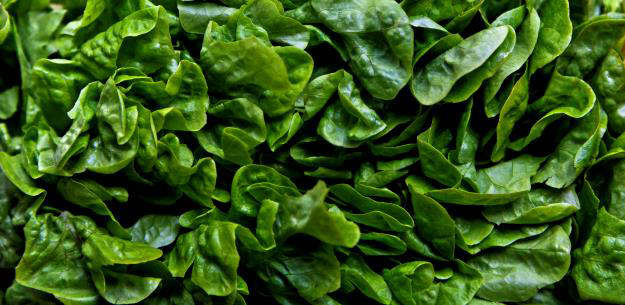
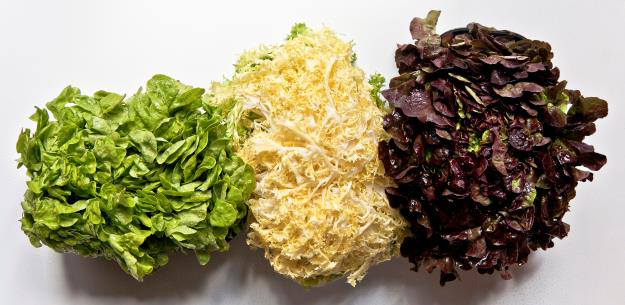
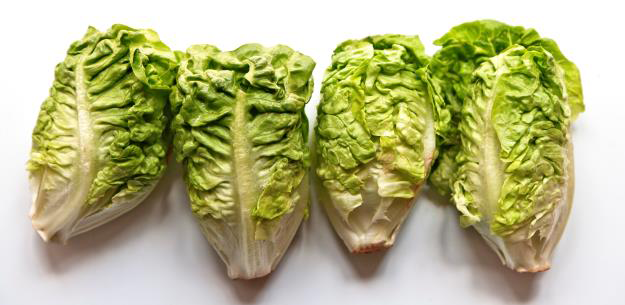
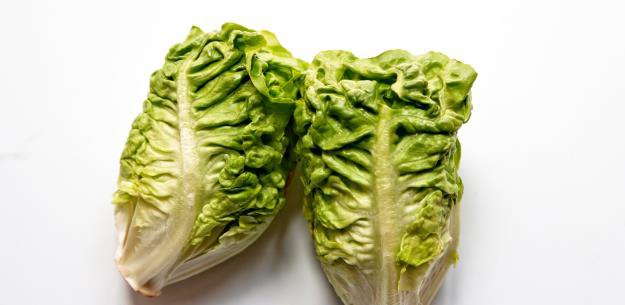
- Image1
- Image2
- Image3
- Image4

